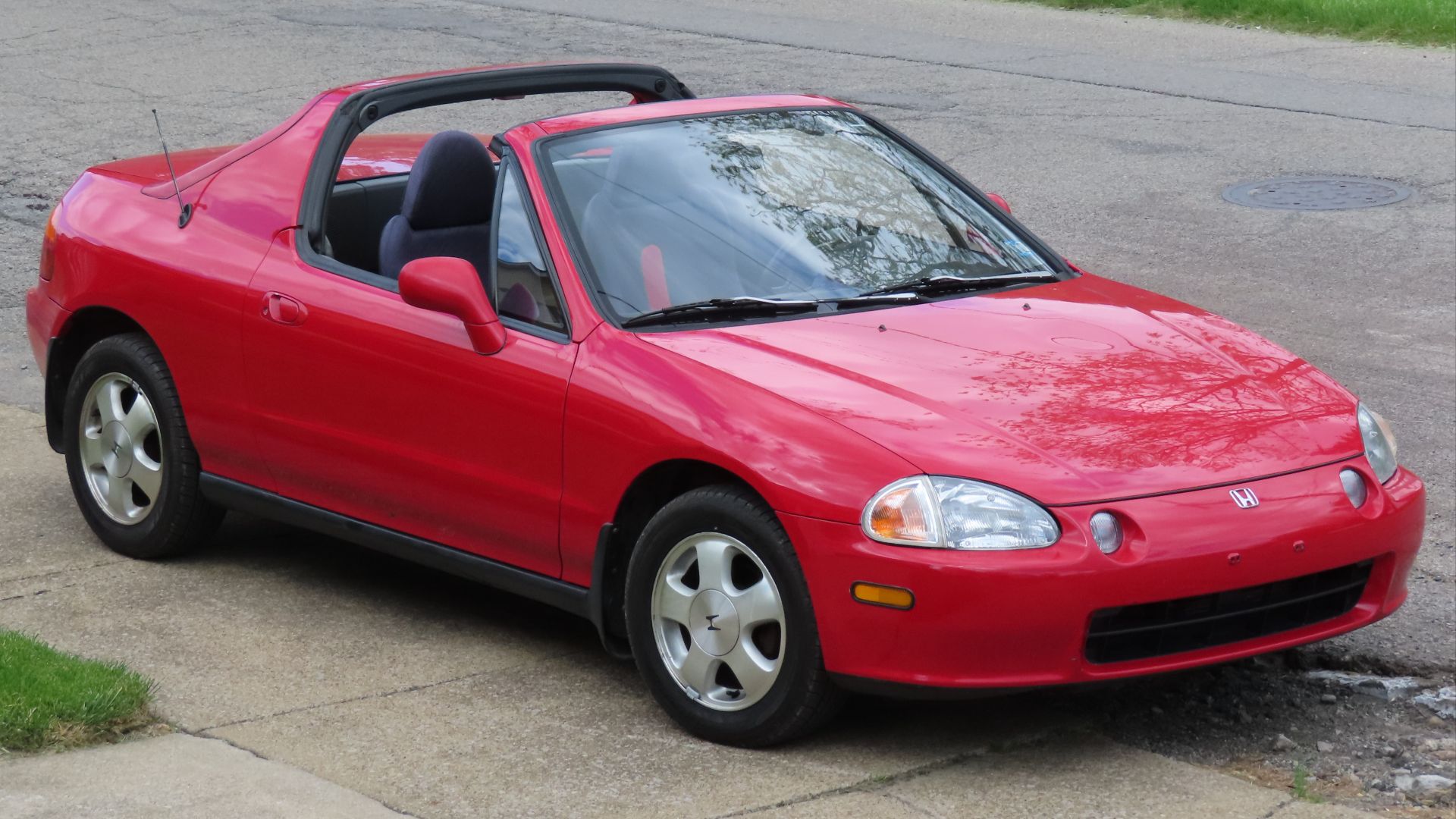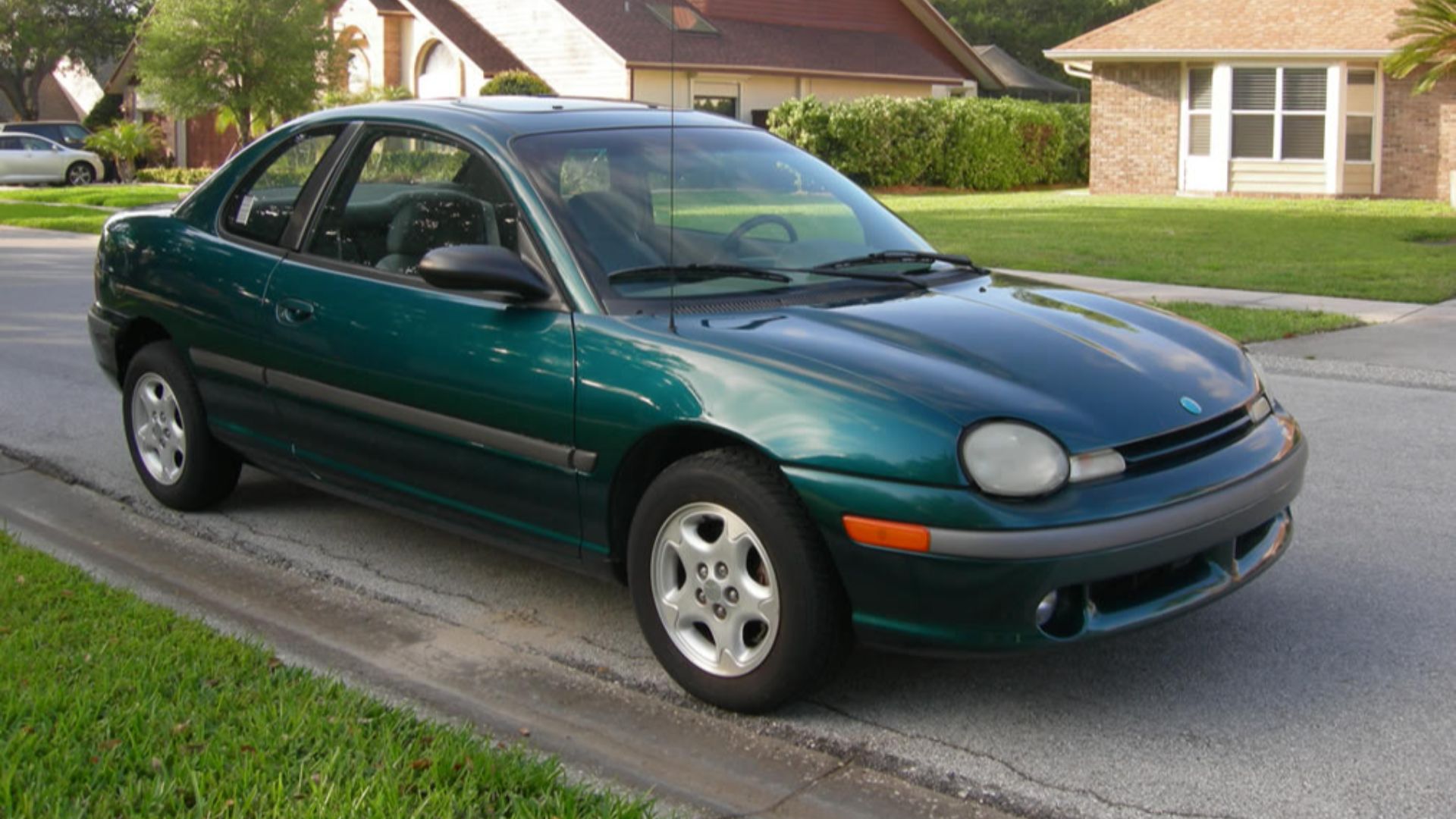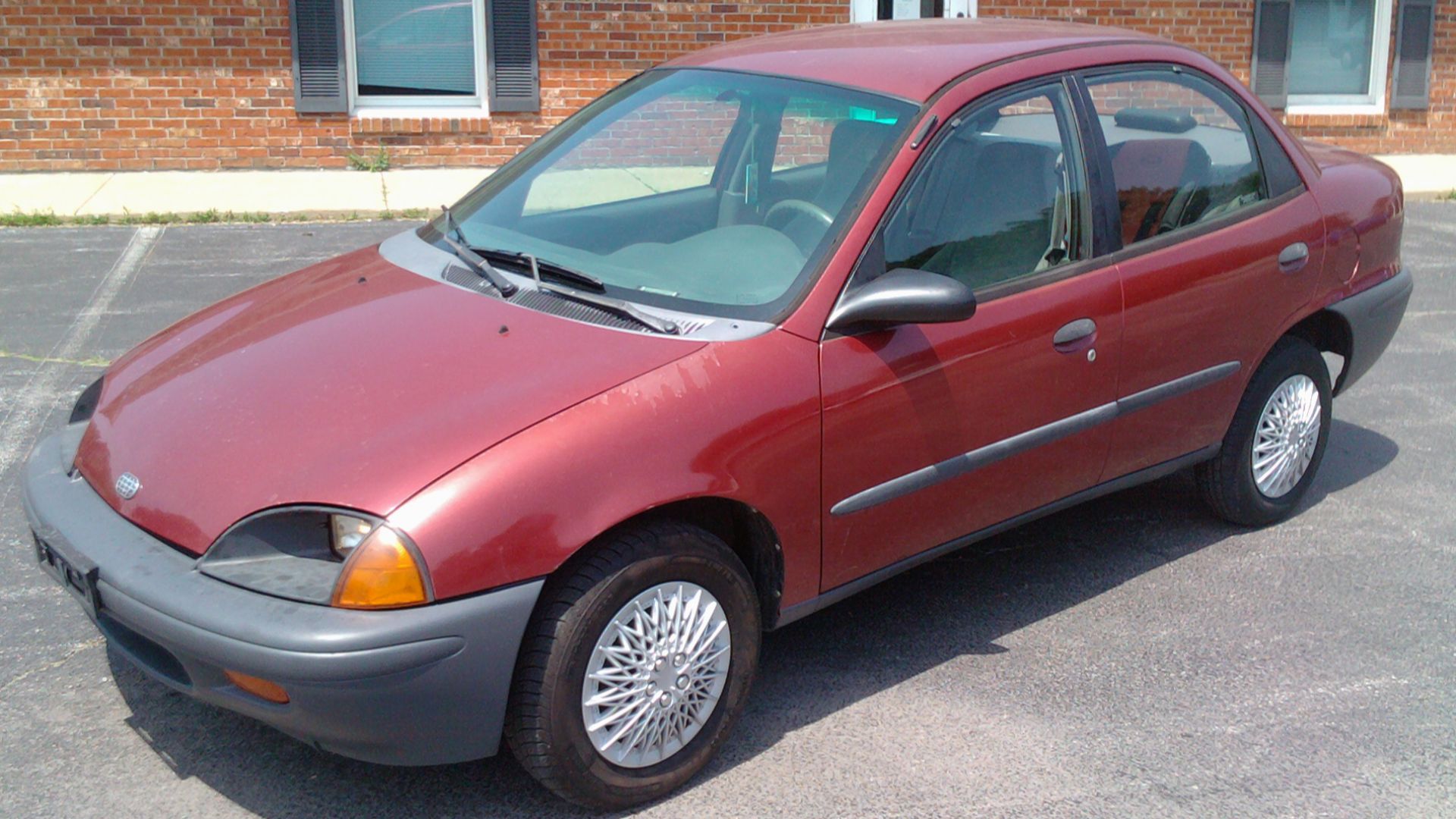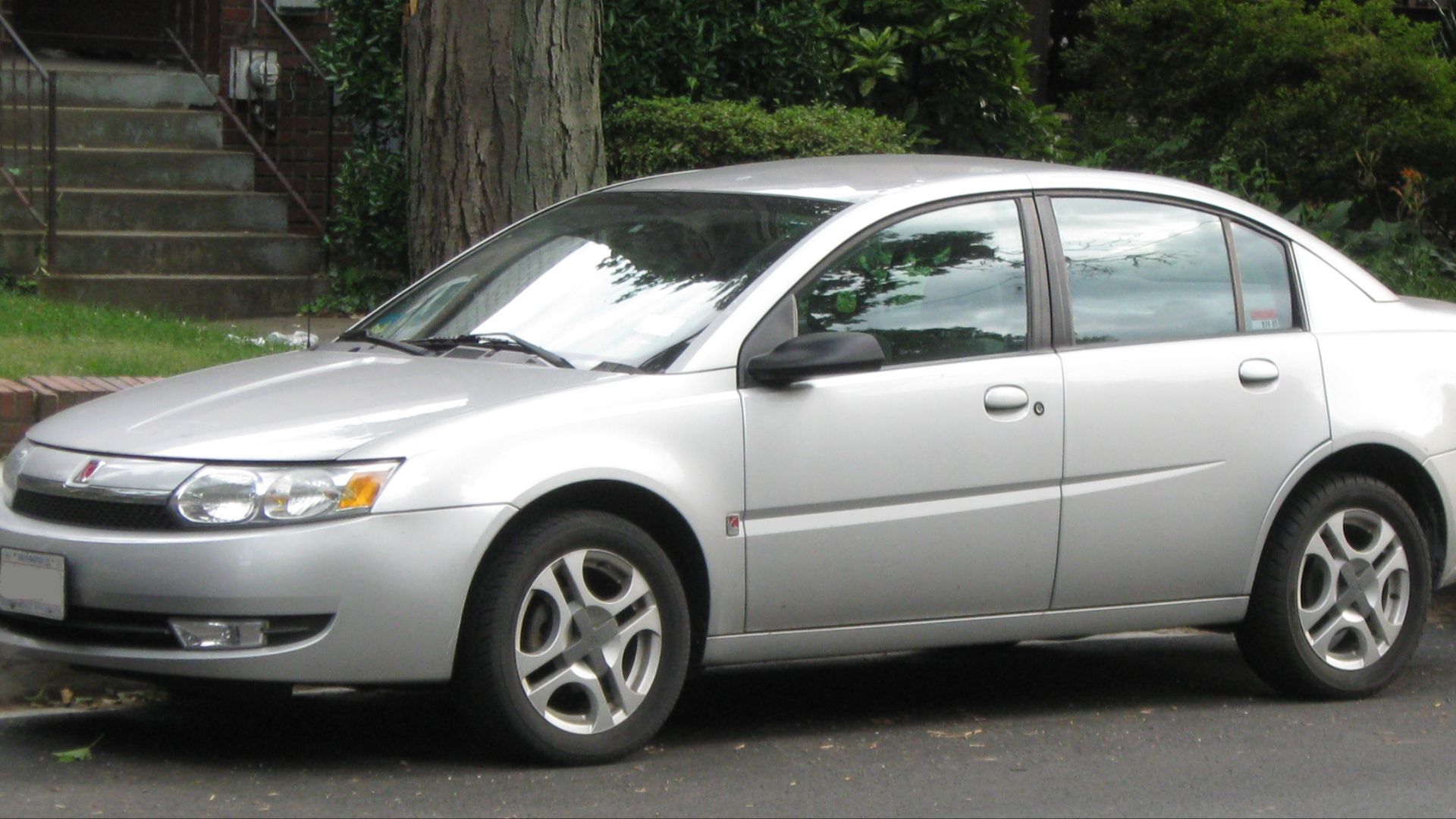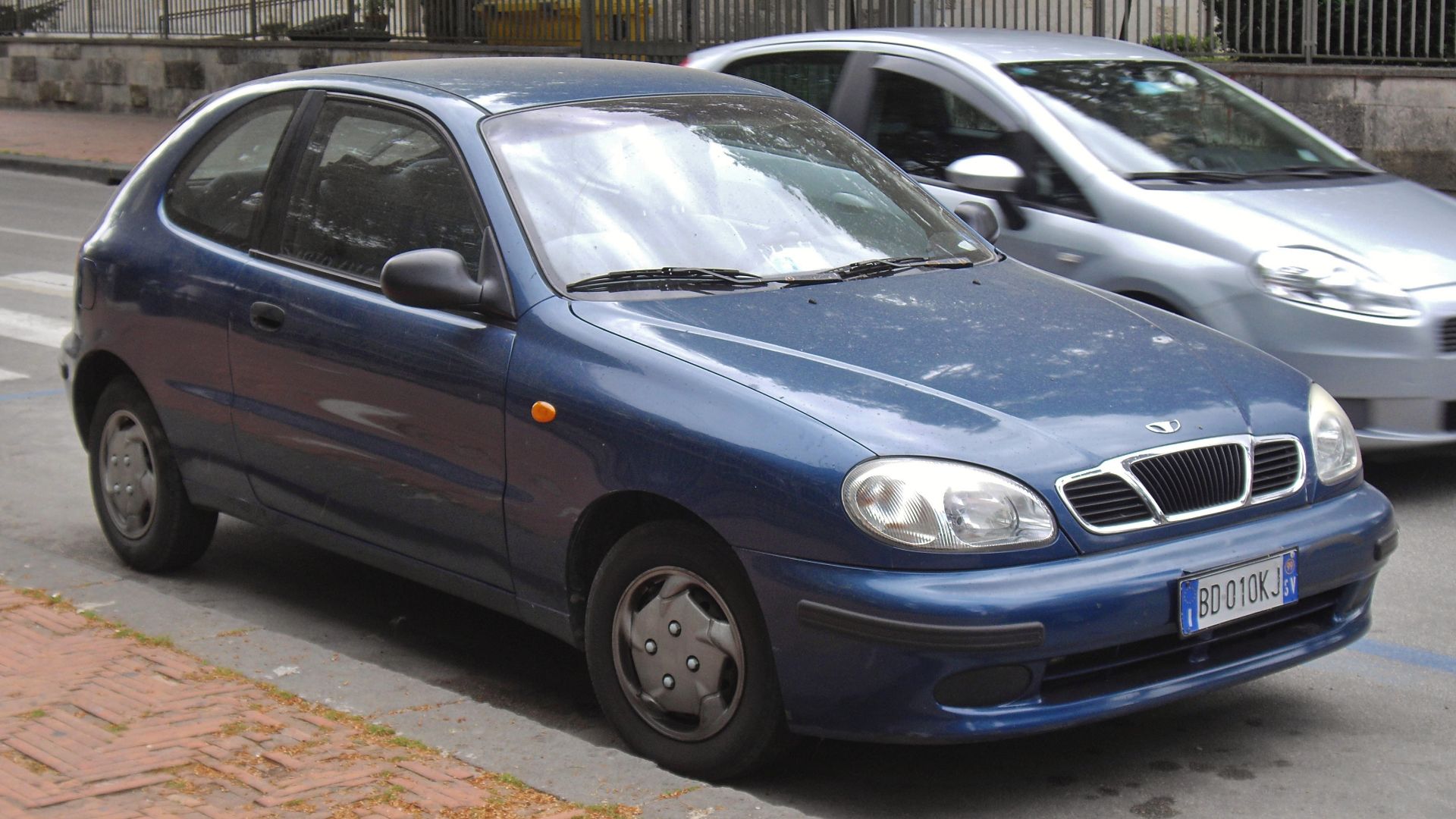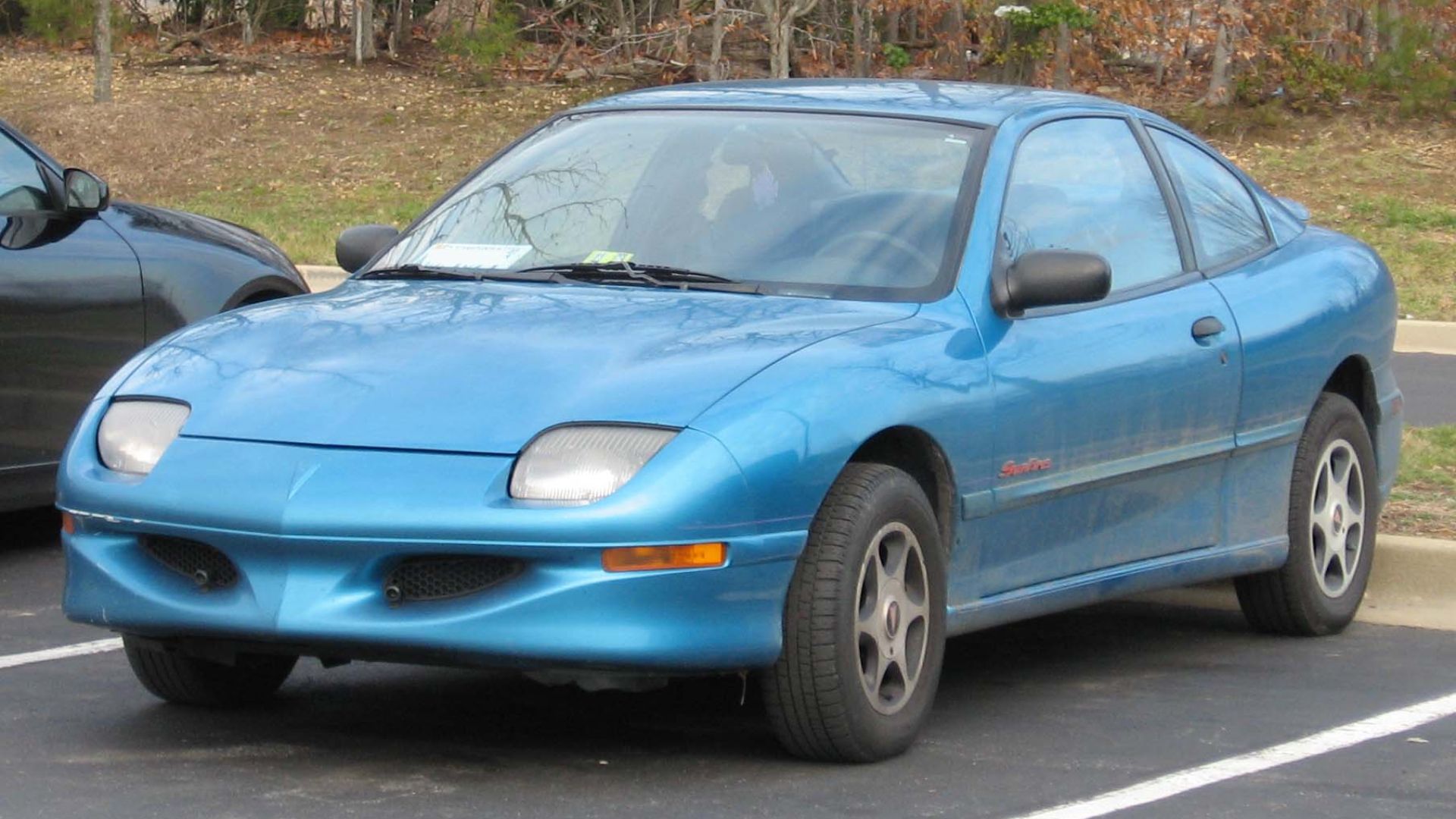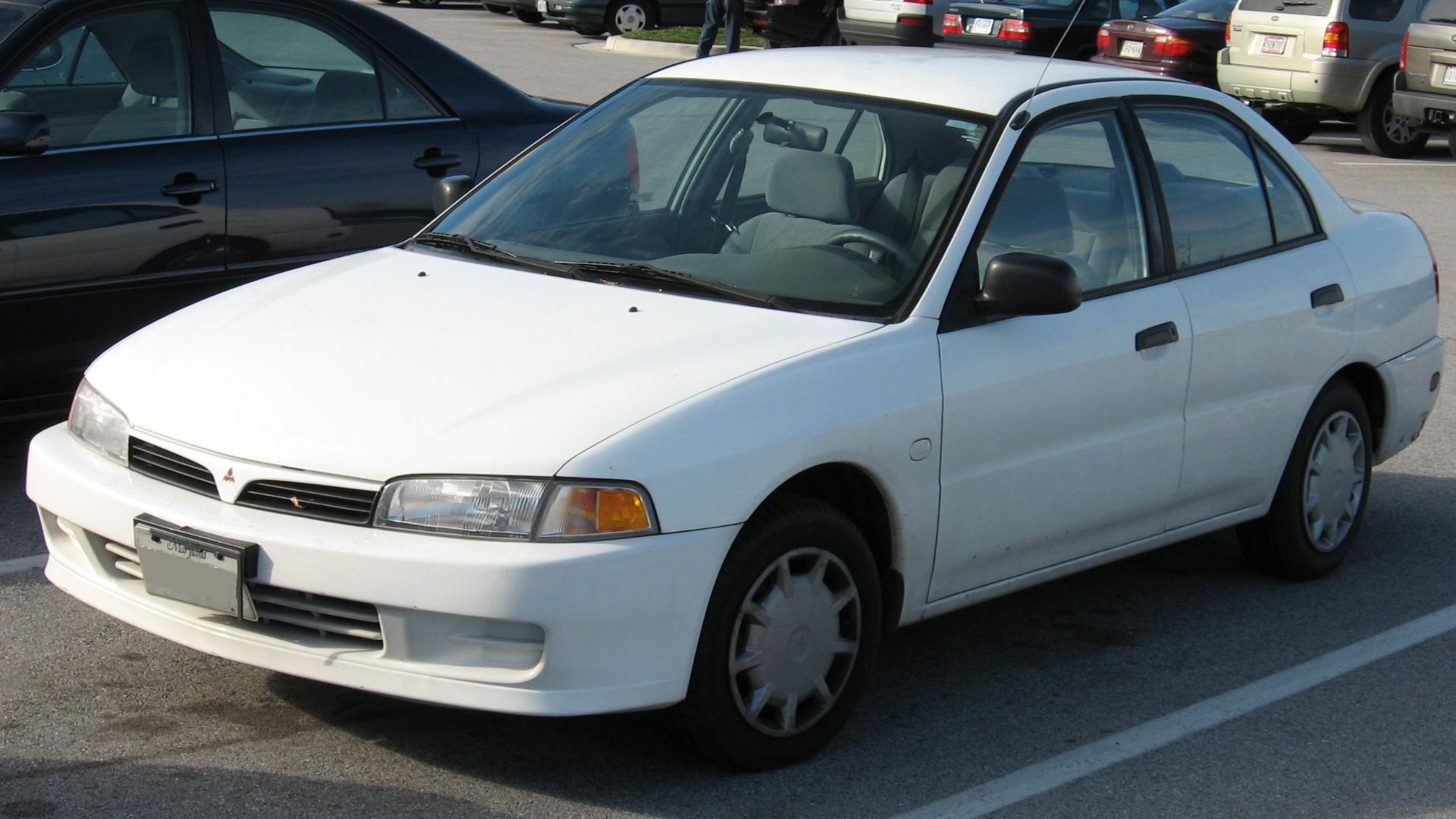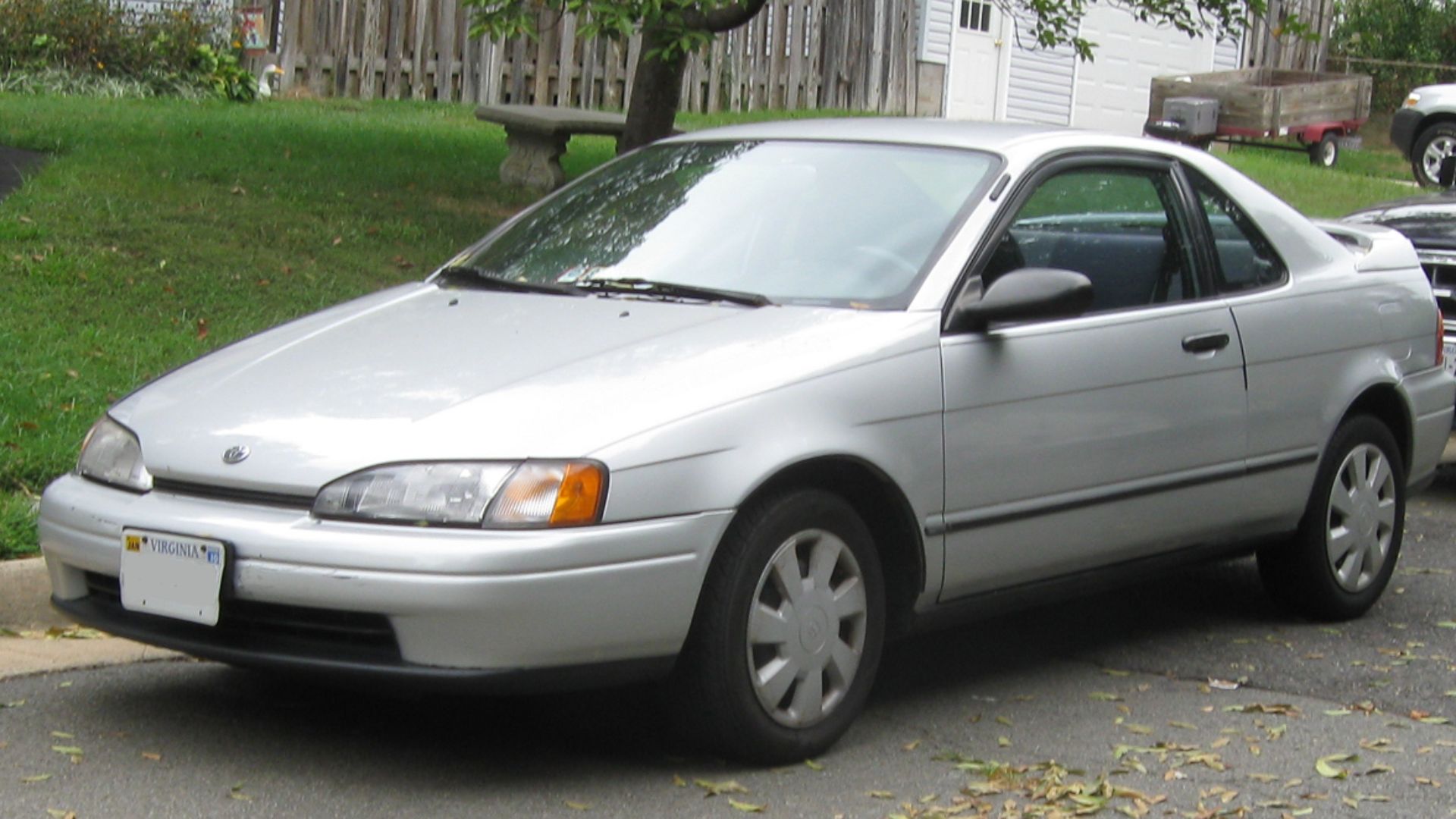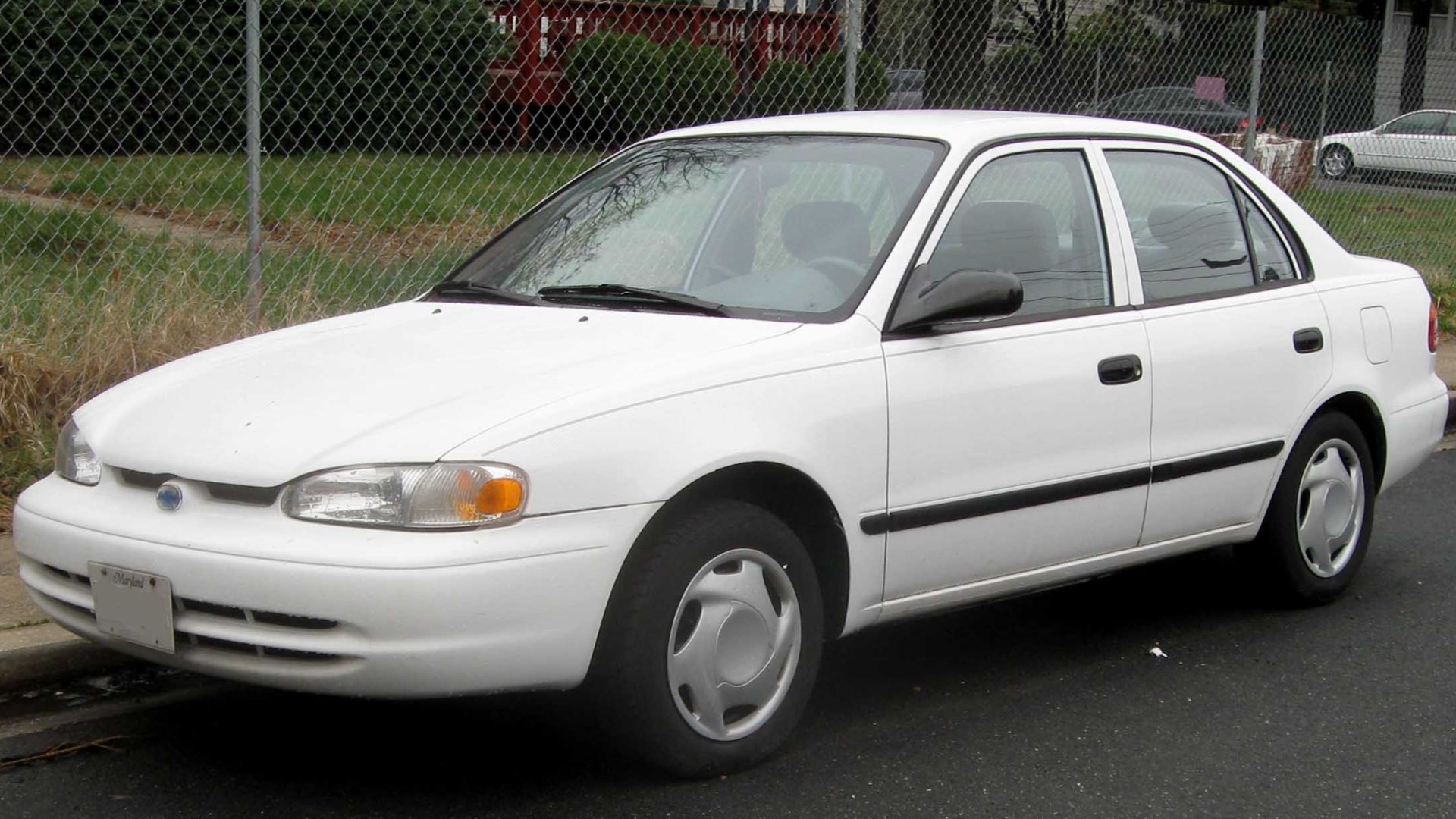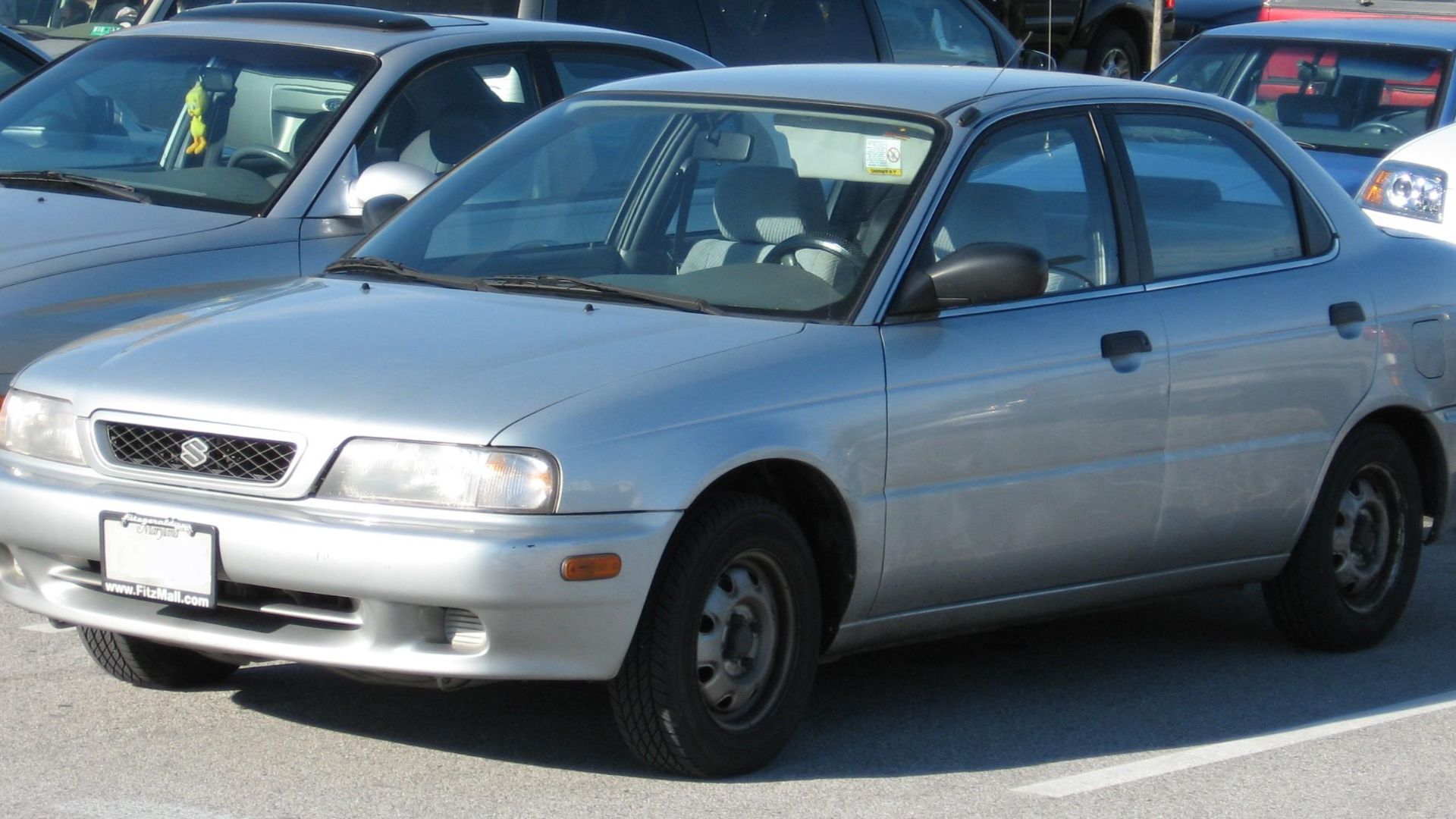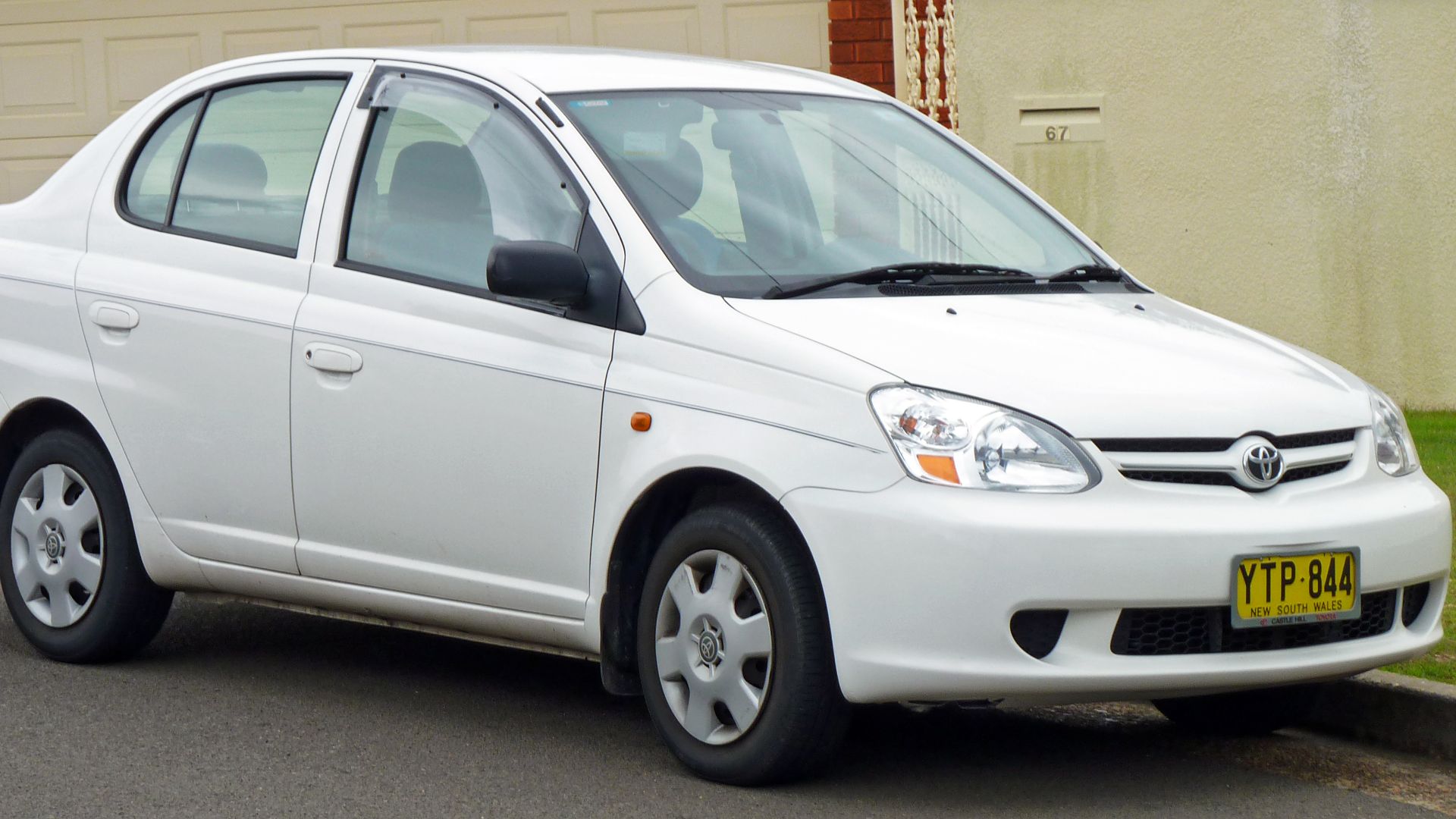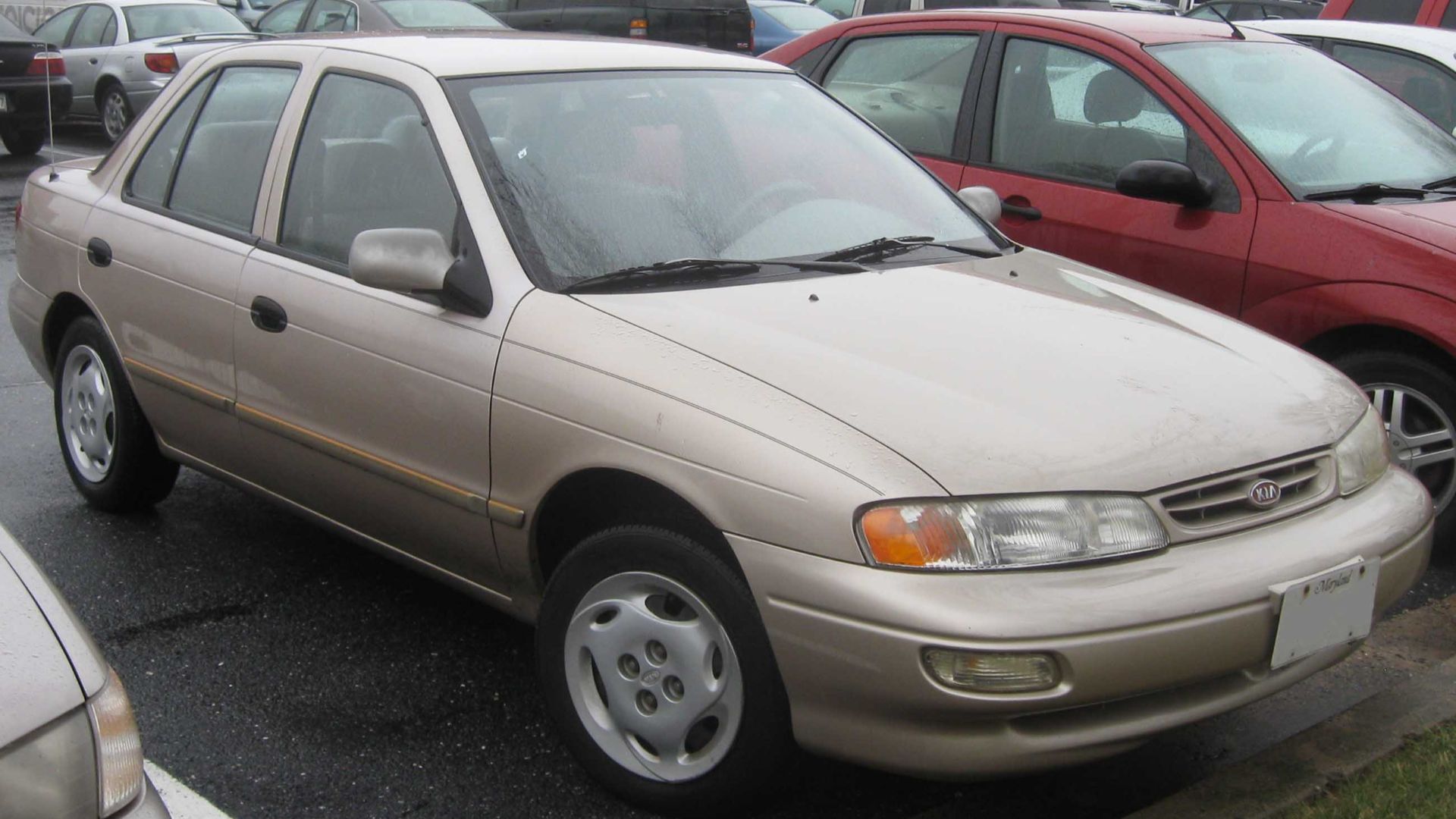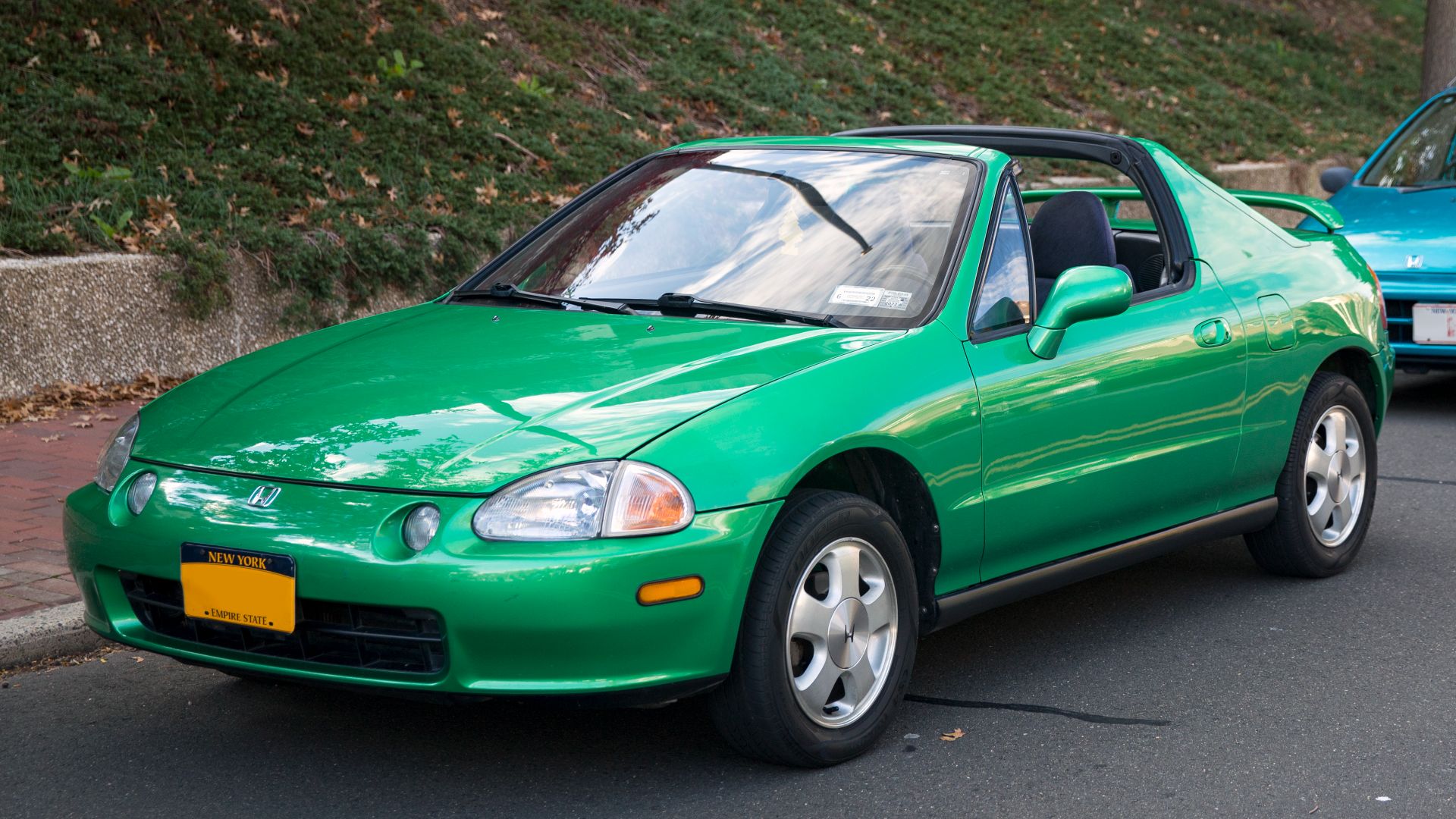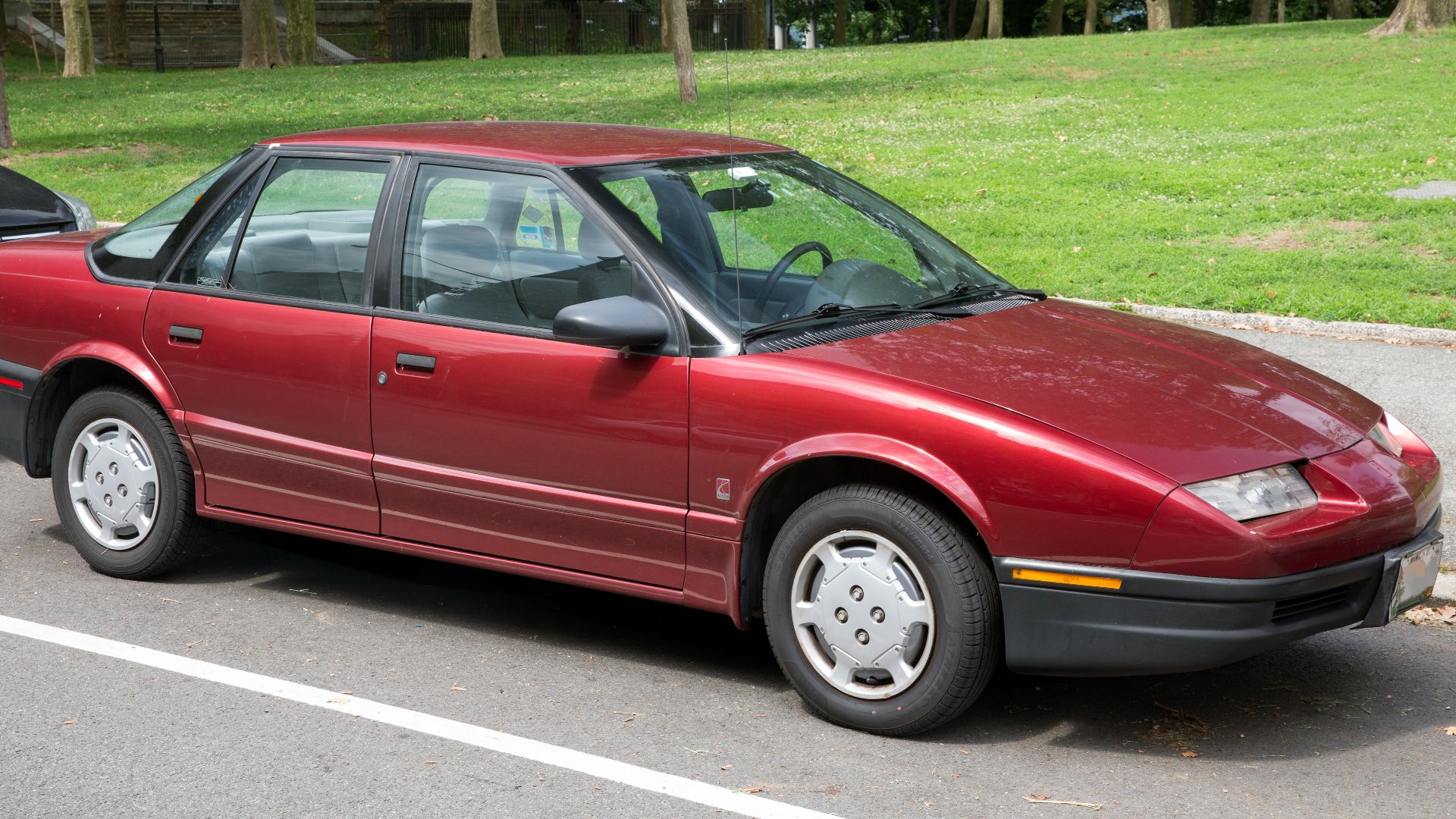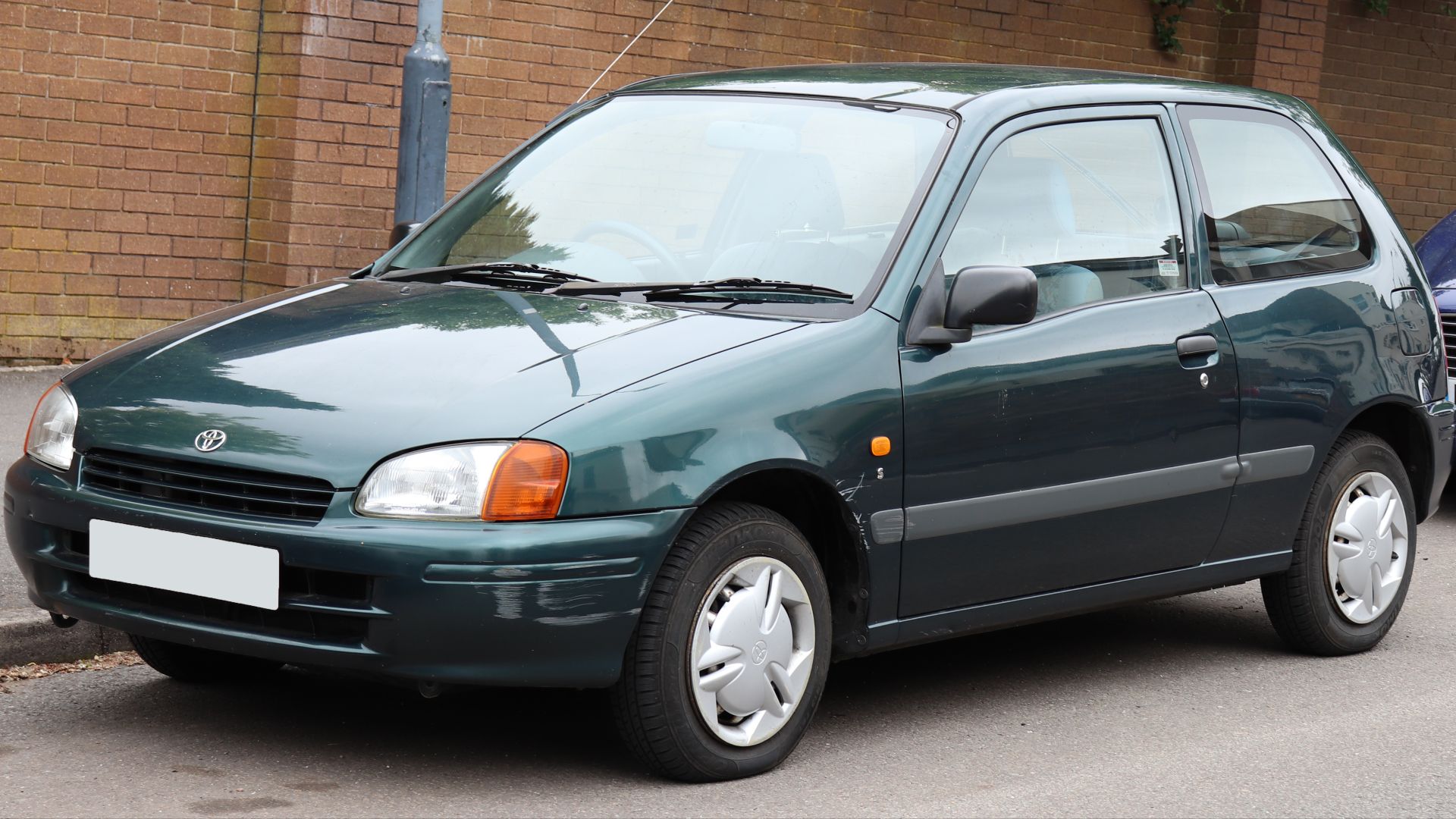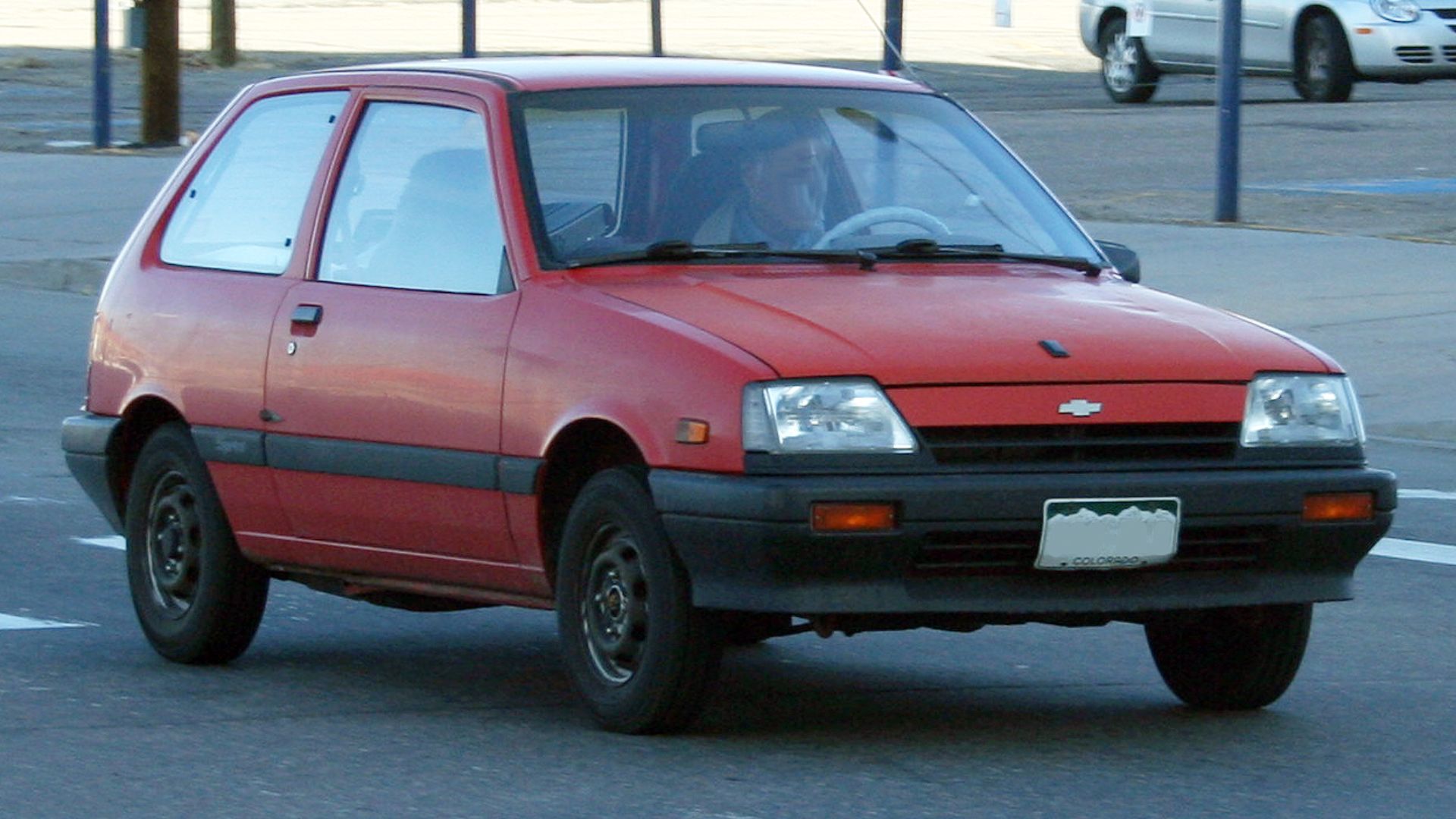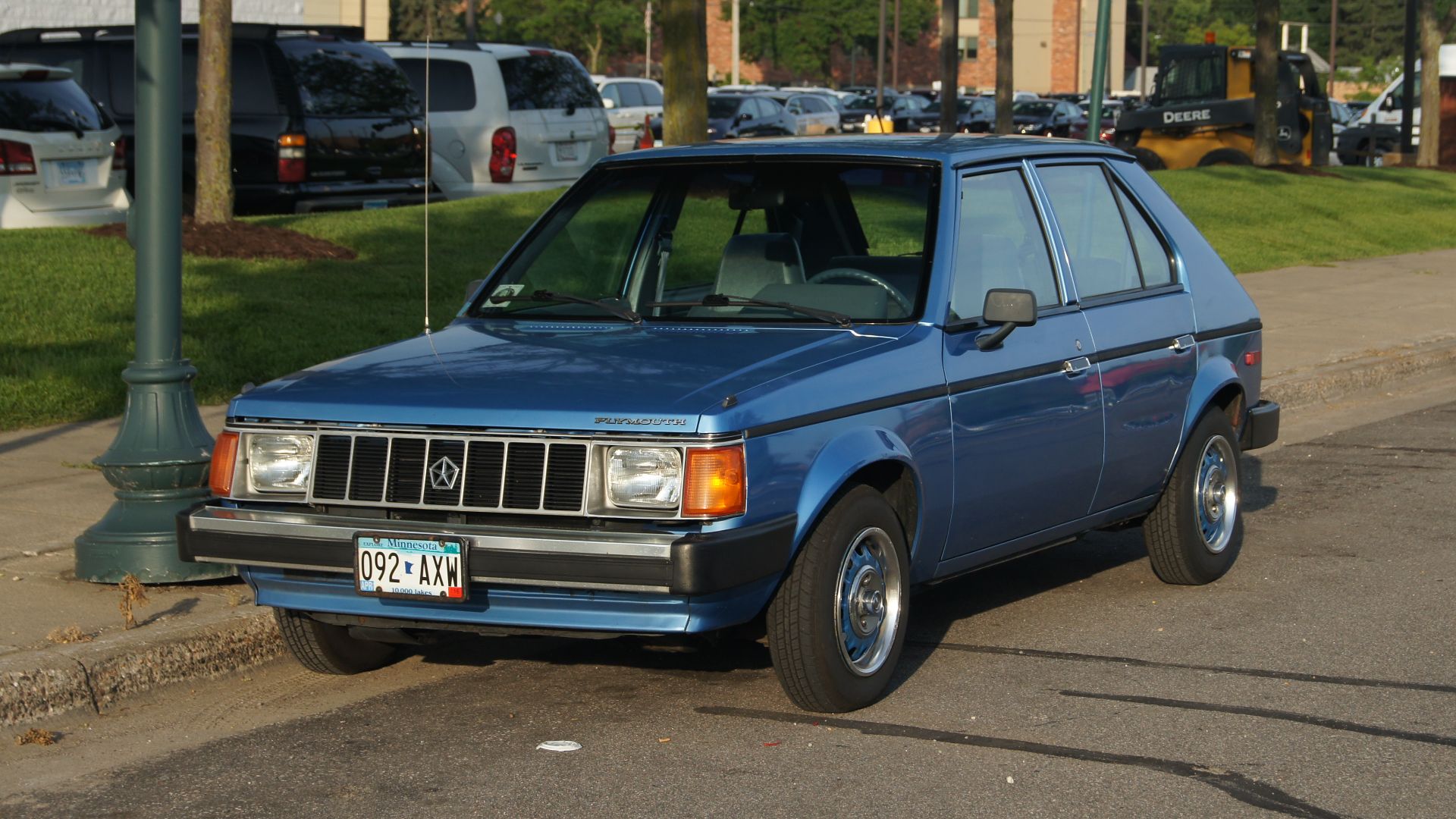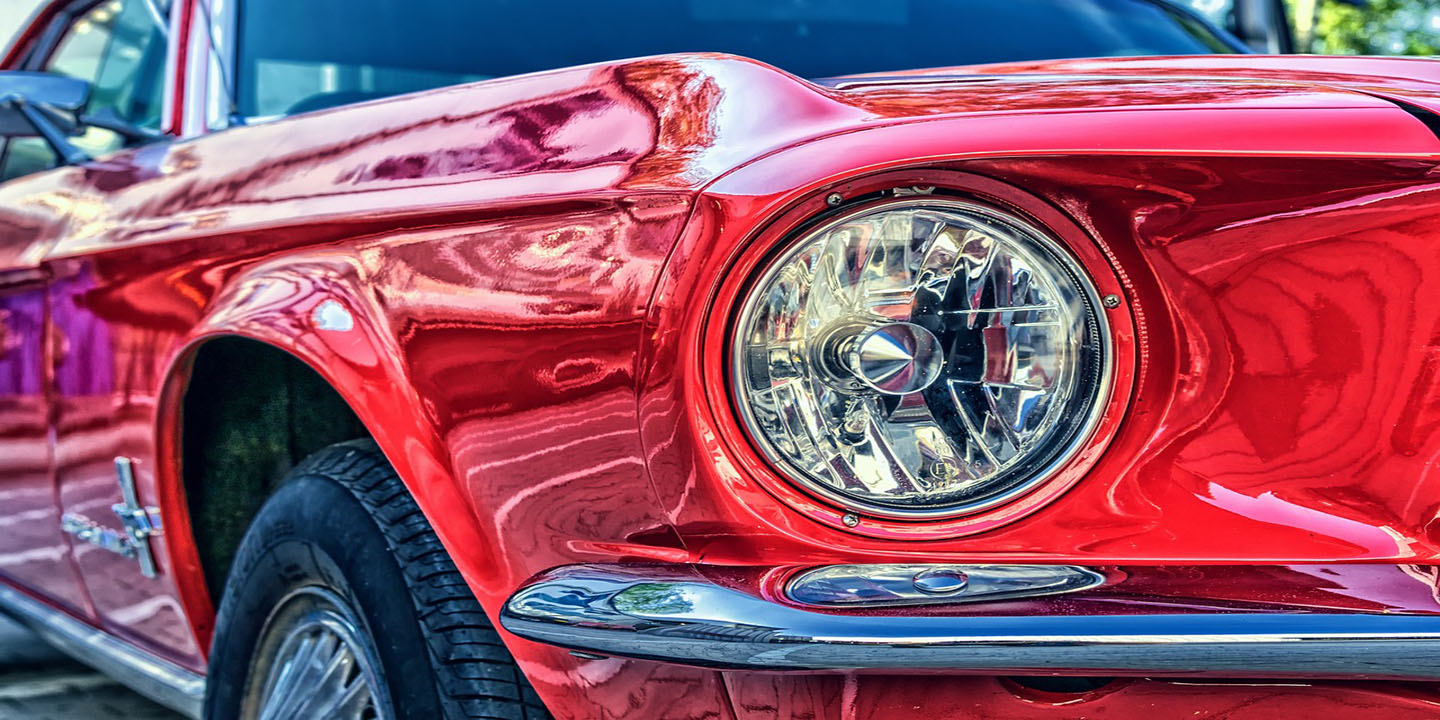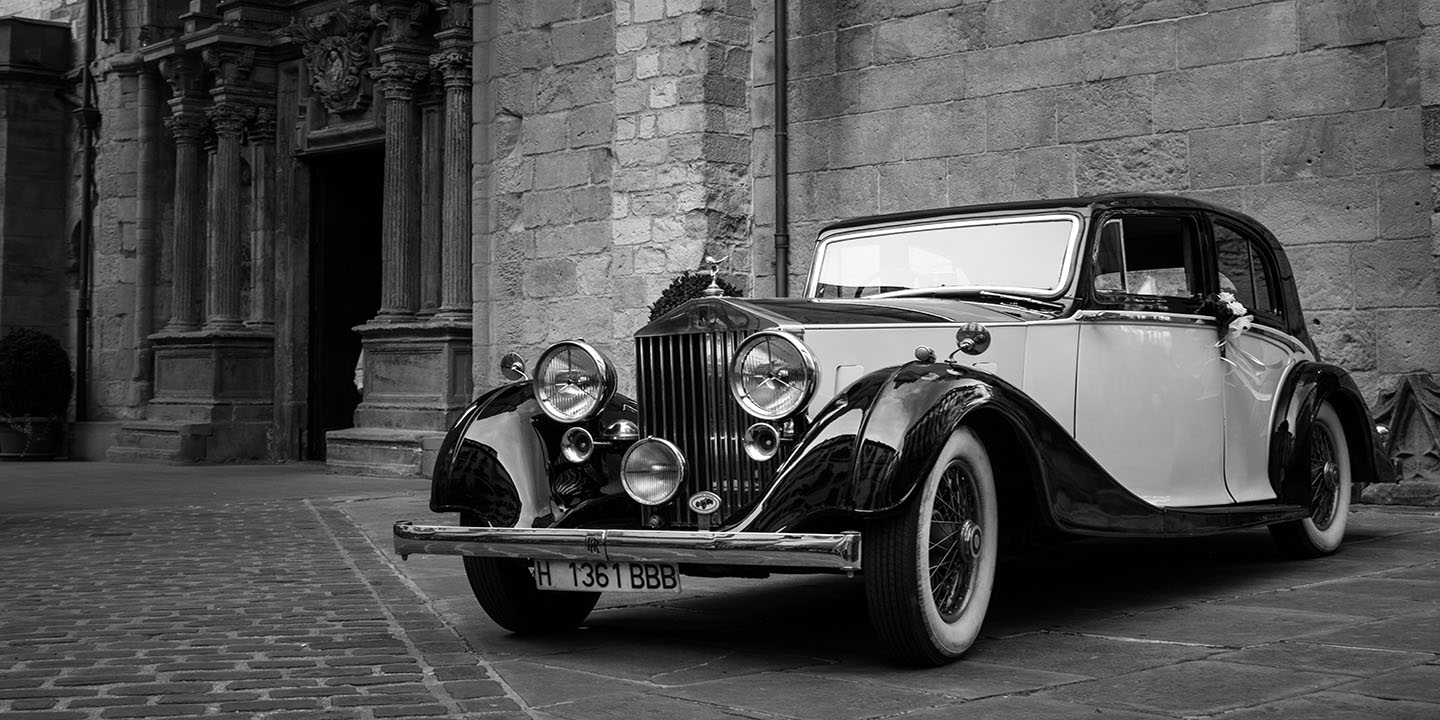Lost Lot Legends
Remember when you could buy a brand-new car for the price of a used one today? Those were the days when car lots were filled with surprisingly decent vehicles that didn't require taking out a second mortgage. Of course, these weren't fancy luxury rides or exotic sports cars. They were just reliable workhorses. Unfortunately, these reasonably priced legends are no longer around, but let's take the time to celebrate a bygone era when they were widely available.
1. Plymouth Neon (1995–2005)
You could walk into a Plymouth dealership in 1995 and drive home a brand-new Neon for under $12,000. When DaimlerChrysler killed the entire Plymouth brand, this scrappy little sedan vanished forever. Despite being an economy car, it somehow spawned the fire-breathing SRT-4 variant.
2. Geo Metro (1989–2001)
At $7,000, the Geo Metro held the crown as America's cheapest new automobile for years. The Metro delivered an astounding 53 mpg highway. It was known for its impressive gas mileage, which made it an ideal city car during the fuel-conscious 1990s.
3. Saturn Ion (2003–2007)
Saturn's "different kind of company" philosophy produced some truly unusual rides, and the Ion was no exception. The quad-coupe model featured suicide doors that opened backwards. It made polymer body panels mainstream, marketing them as completely “dent-resistant”.
4. Daewoo Lanos (1999–2002)
Over 1.3 million people worldwide had purchased one of these. The $9,000 price tag was simply irresistible. It undercut established competitors by thousands of dollars. When Daewoo went bankrupt, American automobile buyers lost access to what was essentially disposable transportation.
5. Pontiac Sunfire (1995–2005)
Rental car lots witnessed several Sunfire convertibles in the late '90s and early 2000s. The distinctive ribbed body cladding made it instantly recognizable, even though it shared its bones with the Chevrolet Cavalier. Sunfire was introduced as the successor to the Pontiac Sunbird.
6. Honda Civic Wagon (1984–1991)
Before SUVs dominated American driveways, the Civic Wagon offered clever utility in a compact package. Priced around $11,000, it provided an affordable alternative to much larger vehicles. Honda's "Real Time" 4WD system would engage automatically when needed.
7. Mitsubishi Mirage (1985–1999)
Three-cylinder engines were rare in America, but Mitsubishi made them work beautifully in the Mirage. This tiny powerplant gave maximum fuel economy while keeping the base price under $10,000. The original generation disappeared in 1999, replaced by completely different models.
8. Hyundai Excel (1986–1994)
The Excel was Hyundai Motor Company's early subcompact front-wheel-drive vehicle, based initially on the Mitsubishi Mirage platform. It was famous for its affordability and efficiency, with Italian styling and a roomy body for its class. This machine weighed about 1000–1100 kg.
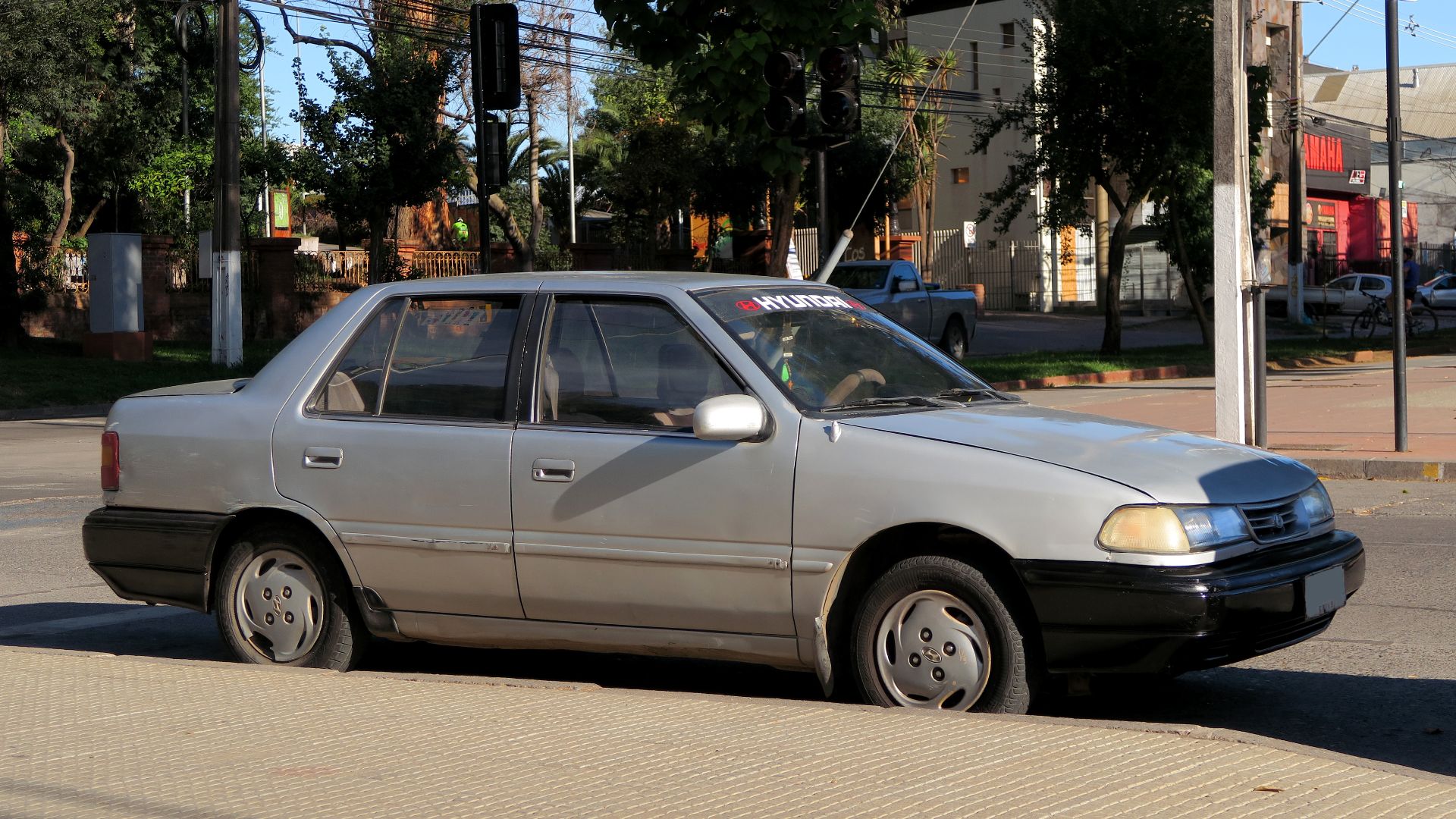 RL GNZLZ from Chile on Wikimedia
RL GNZLZ from Chile on Wikimedia
9. Toyota Paseo (1992–1999)
Sports car styling didn't have to break the bank in the 1990s. The Paseo's distinctive rounded design made it look far more expensive than its $12,000 starting rate. Toyota ended production as it shifted focus to the Celica and later Scion models.
10. Chevrolet Prizm (1990–2002)
Developed as a rebadged version of the Toyota Sprinter, the Prizm was part of a joint venture between GM and Toyota called NUMMI (New United Motor Manufacturing, Inc.). It was available primarily as a 4-door sedan, possessing a 1.6L 4-cylinder engine.
11. Suzuki Esteem (1995–2002)
All-wheel drive in an $11,000 sedan seemed impossible in the 1990s, but Suzuki did its magic. Transmission options displayed a 5-speed manual or 4-speed automatic, catering to both economy-minded and convenience-oriented drivers. Esteem’s suspension was tuned for comfort rather than sportiness.
12. Toyota Echo (2000–2005)
The Echo was equipped with a 1.5L 4-cylinder engine, producing modest power alongside superb fuel economy. This car often exceeded 35 mpg in combined city and highway driving. Its front-wheel-drive layout, paired with a small turning radius, rendered it very maneuverable.
13. Kia Sephia (1994–2001)
Greek wisdom inspired this Korean sedan's name—"Sephia" came from a variation of "Sophia," meaning wisdom. First-time buyers flocked to its $9,000 base price. Kia soon replaced it with the Spectra as part of their ambitious image overhaul.
14. Plymouth Breeze (1996–2000)
Throughout its production, the Plymouth Breeze was valued for its affordability, reliability, and ease of maintenance, though it was not particularly powerful or sporty. It was available as a 4-door sedan only, with a choice of 2.0L 4-cylinder or 2.4L 4-cylinder engines.
15. Honda Civic Del Sol (1993–1997)
Convertible motoring became accessible to average buyers thanks to the Del Sol's $14,000 starting price. The removable targa top was stored neatly in the trunk. Honda's sports car consolidation strategy eliminated this unique model from its lineup.
16. Saturn S-Series (1991–2002)
Revolutionary "no-haggle" pricing changed how Americans bought cars when Saturn launched at $10,000. The polymer body panels wouldn't dent or rust. This solved two of the biggest complaints about economy cars. GM's shift toward rebadged vehicles ended Saturn's distinct identity.
17. Toyota Starlet (1981–1999)
What started as a rear-wheel-drive vehicle switched to front-wheel drive in the mid-1980s, aligning with industry trends. Starlet was offered predominantly in hatchback and van body styles. Its primary focus was on compact size, fuel efficiency, and practicality.
18. Chevrolet Sprint (1985–1988)
At $6,000, this beast ranked among the cheapest cars ready for purchase anywhere in America. It was a rebadged version of the Suzuki Cultus. The vehicle’s interior was simple and functional. Sprint showcased minimal features but sufficient space for four passengers.
19. Ford Tempo (1984–1994)
Ford's introduction of the Contour as its replacement marked the end of an era for affordable domestic sedans. The all-wheel drive system, marketed as "Tempo AWD," provided surprising capability in harsh weather conditions. This one succeeded the Ford Fairmont.
20. Plymouth Horizon (1978–1990)
Chrysler's small car lineup consolidation eliminated Horizon’s roomy little hatchback from its roster. This vehicle debuted as a roomy, four-door hatchback with front-wheel drive and was powered by naturally aspirated inline-four engines with manual or automatic transmissions.


